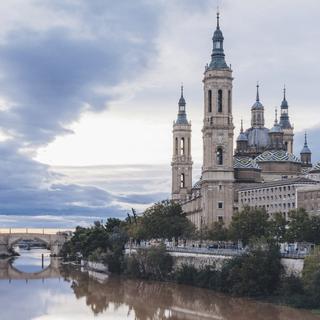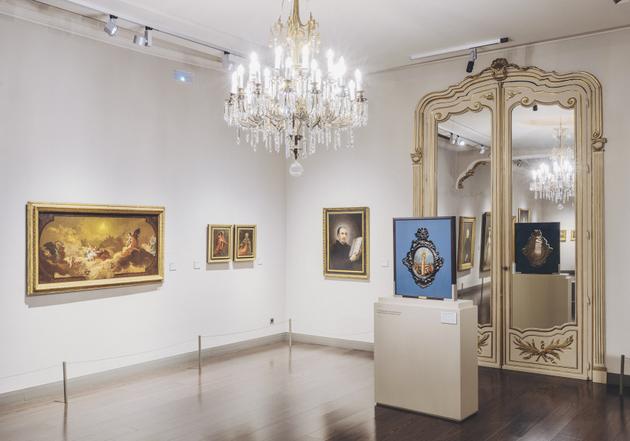


Le Monde's top 10 destinations | #8 Tapas in Zaragoza
FeatureWhere to travel in 2024? This year, Le Monde answers that question with 10 travel picks accessible by train from France. Discover two travel guides per week throughout December. Number 8: Zaragoza.
The capital of Spain's Aragon region, with the Pyrénées to the north and the deserts to the south, Zaragoza is a lively city where old and young alike come together for the paseo (stroll) in gardens and on plazas in the shade of café terraces. It's an engaging city where you can follow in Goya's footsteps to the rhythm of different architectural styles: Roman, Gothic and Moorish.
Moorish art in majesty

The 11 domes, covered in green and yellow glazed tiles, and four towers of the Basilica of Our Lady of the Pillar, known here as "la Pilar:" They're all you see when you arrive in Zaragoza by train from Barcelona. The most moving way to discover this jewel of Baroque art is by walking up Calle Alphonso in the golden hour, at the end of the day, when the sun is at its warmest. This leads to the basilica, with its revered Virgen del Pilar (Virgin of the Pillar), and to the immense esplanade bordered on one side by the Fountain of Hispanidad and on the other by the Cathedral of San Salvador.
Built over the former mosque, the Seo (another name for the cathedral) bears witness to Zaragoza's different eras and cultures. Outside, the Parroquieta (parish) wall is a masterpiece of Aragonese Moorish architecture (Islamic-influenced art), declared a World Heritage Site by UNESCO in 2001. The façade is decorated with geometric elements, small stars and moons, in ceramic and stucco, repeated ad infinitum. It's as sumptuous as the Baroque tower built around the former minaret.

In the Almozara district, the Aljaferia palace is also a fine example of this cultural mix, with its open patio and the painted ceilings of the salons of the Moorish palace. Muslim influence can also be seen in the bell towers, most notably that of San Pablo, in the Gancho district, where you have to climb the 157 steps to enjoy the best view of Zaragoza and the Pyrénées.
Walking with Goya

If you love Francisco José de Goya y Lucientes (1746-1828), you can't help but love Zaragoza, the city where he grew up and was trained in the studio of painter José Luzan (1710-1785). His works can be found in numerous buildings and museums. At the Goya Museum in the historic district, the second floor of this early 16th century Renaissance-style building houses portraits, in which the young Goya had already mastered the technique and play of light. But most moving of all are his engravings produced between 1778 and 1825, including Los Caprichos, a satire of the clergy and nobility.
You have 65% of this article left to read. The rest is for subscribers only.
